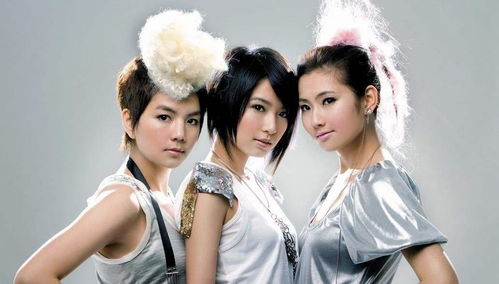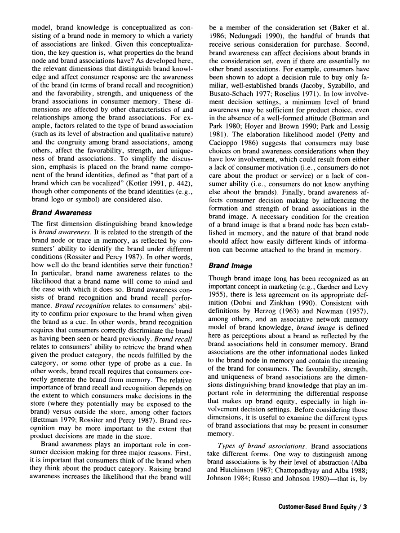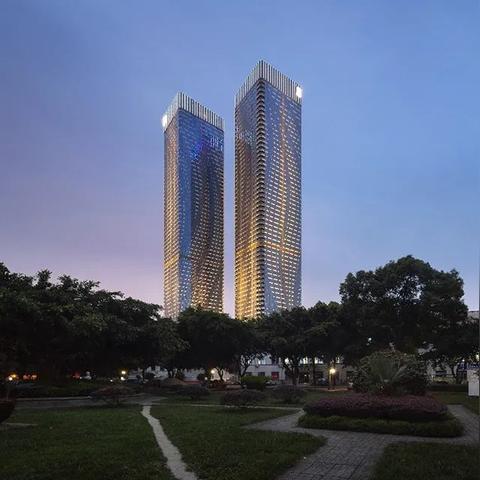Characteristics of Textile Fiber Art
Textile fiber art is a unique form of artistic expression that involves the use of textile materials to create visually stunning works of art. This type of art is characterized by its versatility and adaptability, as it can be created using a variety of materials such as cotton, silk, wool, and even recycled fabrics. The process of creating textile fiber art involves various techniques, including weaving, embroidery, knitting, and felting, among others. These techniques allow artists to manipulate the texture, color, and pattern of the fabric, resulting in works that are both functional and aesthetically pleasing. In addition to its practical uses, textile fiber art also serves as a means of self-expression and cultural preservation, as it allows individuals to showcase their creativity and connect with their heritage. Overall, textile fiber art is a fascinating and diverse field that continues to inspire new generations of artists and enthusiasts.
Introduction: Textile fiber art, also known as textile art or textile design, is a form of artistic expression that combines the aesthetics of textiles with the techniques and materials used in other forms of art. It is a unique medium that allows artists to explore different themes, techniques, and materials through the creation of visually stunning pieces. In this article, we will explore the characteristics of textile fiber art and provide examples to illustrate its various facets.
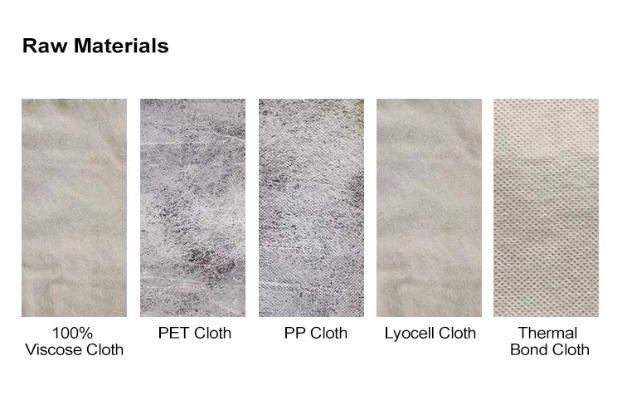
-
Texture and Pattern: One of the most prominent features of textile fiber art is its texture and pattern. The artist uses different techniques such as weaving, knitting, crocheting, and embroidery to create intricate patterns on the fabric. These patterns can range from simple geometric shapes to complex floral designs, depending on the artist's choice. The texture of the fabric also plays a significant role in the overall effect of the artwork. Some artists use soft, flowing fabrics while others opt for firm, dense materials to create a sense of weight and depth.
-
Color and Material: Color is another essential aspect of textile fiber art. The artist selects colors that complement each other and create a unified visual effect. They may use a variety of colors, including primary, secondary, and tertiary colors, to create a harmonious composition. Additionally, the material used in the artwork can greatly influence its appearance. Some artists use natural fibers like cotton, silk, and wool, while others use synthetic materials like polyester and nylon. The choice of material can affect the texture, durability, and cost of the artwork.
-
Techniques: There are several techniques used in textile fiber art that contribute to its unique appeal. One technique is weaving, which involves interlacing threads to create a woven pattern. Another technique is embroidery, which involves stitching small details onto the fabric using needle and thread. Knitting and crocheting are two other popular techniques used in textile fiber art. These techniques allow artists to create intricate patterns and designs that can be easily customized to suit their preferences.
-
Composition: The composition of textile fiber art is an important aspect that determines its visual impact. The artist must carefully plan the placement of the fabric elements to create a cohesive and balanced composition. They may use symmetry, balance, and proportion to achieve a harmonious look. Additionally, the artist may incorporate other elements such as accessories, embellishments, and textural contrasts to add interest and depth to the artwork.
-
Subject Matter: The subject matter of textile fiber art varies widely, ranging from abstract shapes and patterns to realistic images and scenes. Some artists specialize in creating landscapes, portraits, or still life pieces, while others focus on exploring abstract ideas or exploring different cultures and traditions. The subject matter of the artwork can greatly influence its meaning and interpretation by the viewer.
-
Medium: The medium used in textile fiber art can greatly influence its appearance and functionality. Some artists use traditional materials like cotton, linen, and wool, while others use modern materials like polyester and nylon. Additionally, some artworks may be created using digital technology to enhance their appearance and functionality.
Case Study: One example of textile fiber art that highlights these characteristics is the work of British artist Sarah Lawrence. Her artwork often incorporates vibrant colors and intricate patterns using a variety of techniques such as embroidery, knitting, and weaving. She creates her pieces by hand, using natural fibers such as cotton and silk to create a soft, flowing texture. Her artwork often explores themes related to nature, travel, and cultural diversity. For example, she has created a series of paintings inspired by the beauty of the Himalayas, incorporating vibrant colors and intricate patterns into her work.
Conclusion: In conclusion, textile fiber art is a fascinating medium that combines the aesthetics of textiles with the techniques and materials used in other forms of art. Its texture, pattern, color, technique, composition, subject matter, medium, and case study demonstrate the diverse range of possibilities available to artists when working with this medium. Whether you prefer soft, flowing fabrics or firm, dense materials, there is a style of textile fiber art that speaks to your personal preferences and artistic vision.
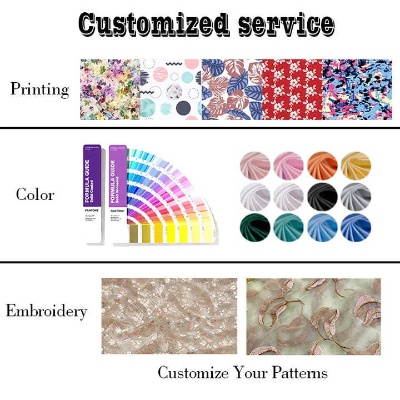
纺织品纤维艺术是一种将纤维材料与艺术创作相结合的独特形式,它融合了材料的特性、工艺技巧和艺术审美,展现出独特的艺术特征,本文将详细阐述纺织品纤维艺术的特征包括哪些方面。
纺织品纤维艺术特征概述
-
材料多样性 纺织品纤维艺术涉及多种纤维材料,包括但不限于天然纤维、合成纤维、再生纤维等,每种纤维材料都有其独特的物理性质和艺术表现力。
-
工艺创新 纺织品纤维艺术的工艺创新体现在对纤维材料的处理、编织、染色等方面,通过创新的手工技艺,可以创造出丰富多彩、富有层次感的织物图案和造型。
-
艺术审美 纺织品纤维艺术的艺术审美体现在对色彩、纹理、图案的巧妙运用,以及对空间感的营造,艺术家通过巧妙的设计和创意,将纤维材料转化为具有视觉冲击力的艺术品。
案例分析
为了更好地说明纺织品纤维艺术的特征,我们可以结合一些具体的案例进行分析。
天然纤维艺术纺织品
-
材料特点:使用天然纤维如棉、麻等,这些纤维具有天然的纹理和手感。
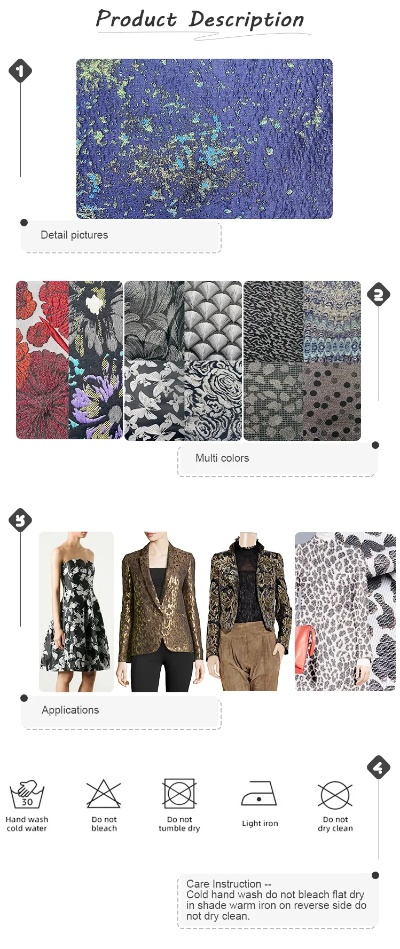
-
工艺创新:艺术家通过编织、染色等工艺手段,将天然纤维转化为具有独特纹理和手感的织物艺术品。
合成纤维艺术纺织品
-
材料特点:使用合成纤维,如丝绸、涤纶等,这些纤维具有高强度、高弹性等优点。
-
艺术表现:艺术家通过创新的手工技艺,将合成纤维转化为具有独特视觉冲击力的织物艺术品,艺术家可以运用不同的染色工艺,创造出丰富的色彩效果和层次感。
纺织品纤维艺术特征的具体表现
-
材料特性与艺术表现的关系 不同的纤维材料具有不同的物理性质和艺术表现力,艺术家可以通过对材料的巧妙运用,创造出具有独特视觉冲击力的织物艺术品,棉质织物柔软舒适,适合制作夏季服装;而丝绸织物则具有光泽感和细腻感,适合制作高档服装。
-
编织工艺与创新设计的关系 编织工艺是纺织品纤维艺术的重要手段之一,艺术家可以通过创新的手工技艺,将纤维材料编织成各种形状和图案,创造出丰富多彩、富有层次感的织物艺术品,艺术家可以运用不同的编织技巧,创造出独特的动物纹理、几何图案等。
纺织品纤维艺术是一种独特的艺术形式,它融合了材料的特性、工艺技巧和艺术审美,展现出独特的艺术特征,在未来的纺织品纤维艺术发展中,我们应该继续探索和创新,发掘更多的艺术表现手法和材料应用方式,创造出更加丰富多彩、富有创意的纺织品纤维艺术品。
Articles related to the knowledge points of this article:
A Guide to the Stone Qingshaji Simple Needlework and Textile Wholesale Market

